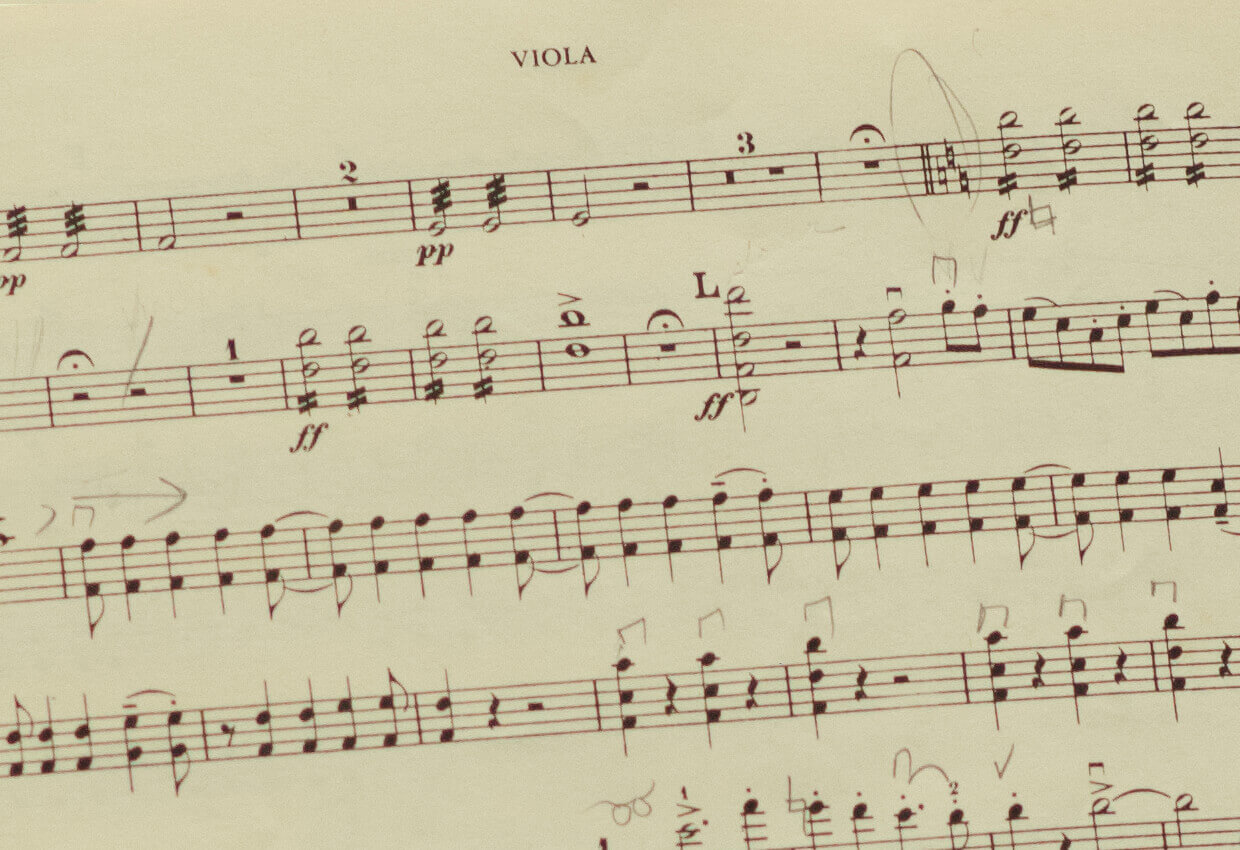History
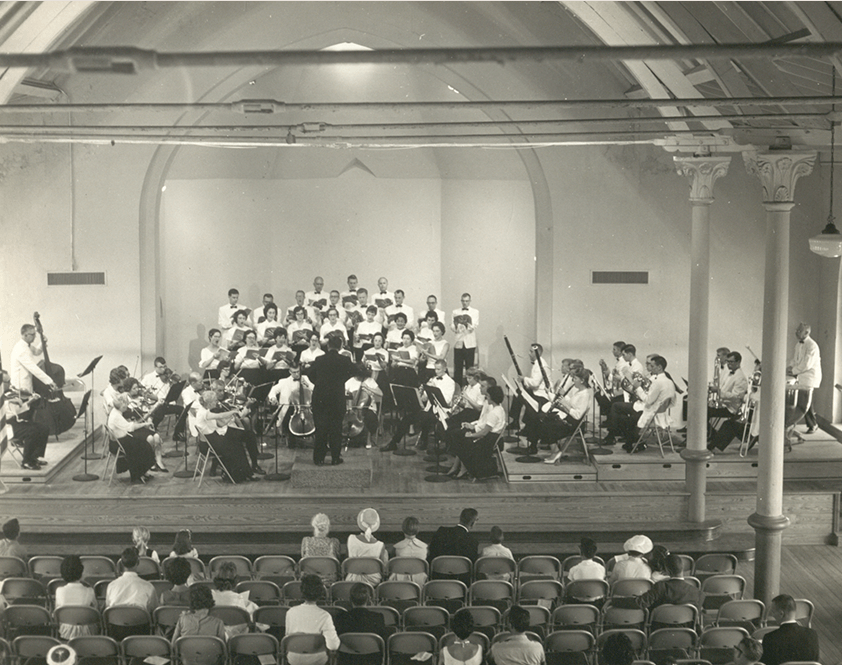
Instrumental music performances and music study clubs began to appear in Pensacola during the late 1800s and early 1900s. By 1919, the Pensacola Music Study Club formed and in 1925, Edwin and Louise Northup began hosting regular music gatherings with friends in their home on the southwest corner of Spring and Gregory Streets (today the Pensacola Victorian Bed & Breakfast). In 1926, representatives of the Civic Music Association of America came to Pensacola to sell memberships that gave exclusive access to performances of classical music through a series of concerts featuring national talent. In their initial campaign, they were able to sell 800 memberships for the traveling series at $5 each. The Pensacola Philharmonic Orchestra was first formed in 1926 by German immigrant John W. Borjes as a reaction to the visiting concert series.
Professor Borjes, who studied music at the storied conservatory Leipzig, recognized the need for Pensacola to have an institution of its own that could develop local talent and also provide access to symphonic music for the entire community. We know from Borjes’ comments that he formed the ensemble with a hope “to demonstrate to this city that it is not necessary to go out of town to get good music.” Having been music director of orchestras in New York’s Shubert Theatre and Memphis’ Orpheum Theatre no doubt gave Borjes the requisite experience and credibility this new venture would need. Members of this early ensemble included many members of the 20-piece Saenger Theatre Concert Orchestra, among others. Their debut performance, a free concert that took place at Pensacola High School, was well received as documented in the local newspaper.

From those early years, the Pensacola Philharmonic Orchestra transitioned through a few name changes. Under the baton of Dr. John Venetozzi in the 1950s, the organization emerged as the Greater Pensacola Symphony Orchestra, its legal name to this day. The Ladies Auxiliary of the Orchestra formed in 1956, and later the Pensacola Symphony Orchestra Guild formed in 1973. After a major renovation effort in 1982, the Saenger Theatre became the concert home of the Orchestra while under the direction of Dr. Grier Williams. Dr. Williams led the PSO until 1996. During that time he was also the founder of the Music Department at the University of West Florida, music director of First Presbyterian Church, and also brought together a group of singers that later became the Pensacola Children’s Chorus.
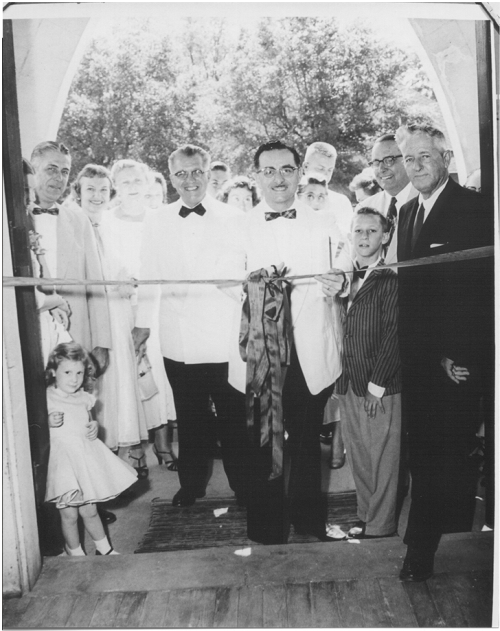
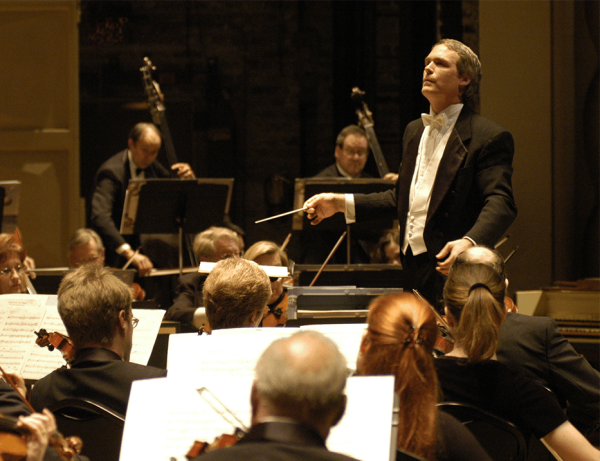
In 1997, the Pensacola Symphony welcomed Peter Rubardt as its new music director. Since that time, Dr. Rubardt has played a central role in increasing the organization’s impact through a wide range of classical, pops, and community engagement programs. In 2003, Rubardt assisted the Orchestra in launching a capital campaign that grew PSO’s endowment, provided percussion equipment, added chamber orchestra concerts, boosted musician compensation and expanded community engagement opportunities.
Today, the PSO continues to seek ways to fulfill its mission of promoting the wellbeing of the Greater Pensacola community through excellence in live symphonic music and lifelong learning through engaging musical activities. From the stage, PSO’s goal is to provide the Pensacola community with transformative musical experiences through performances with world-renowned artists. In addition to enlivened performances, PSO’s “Beyond the Stage” program brings musical experiences to the Pensacola community in settings that include schools, retirement communities, healthcare facilities and galleries.
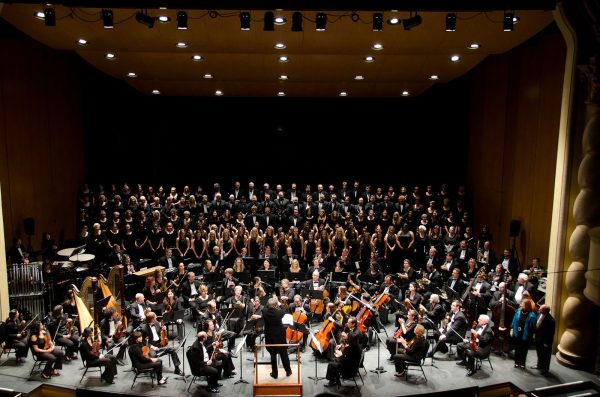
Our Mission
The mission of the Pensacola Symphony Orchestra is to promote the well being of the Greater Pensacola community through excellence in live symphonic music and lifelong learning through engaging musical activities.
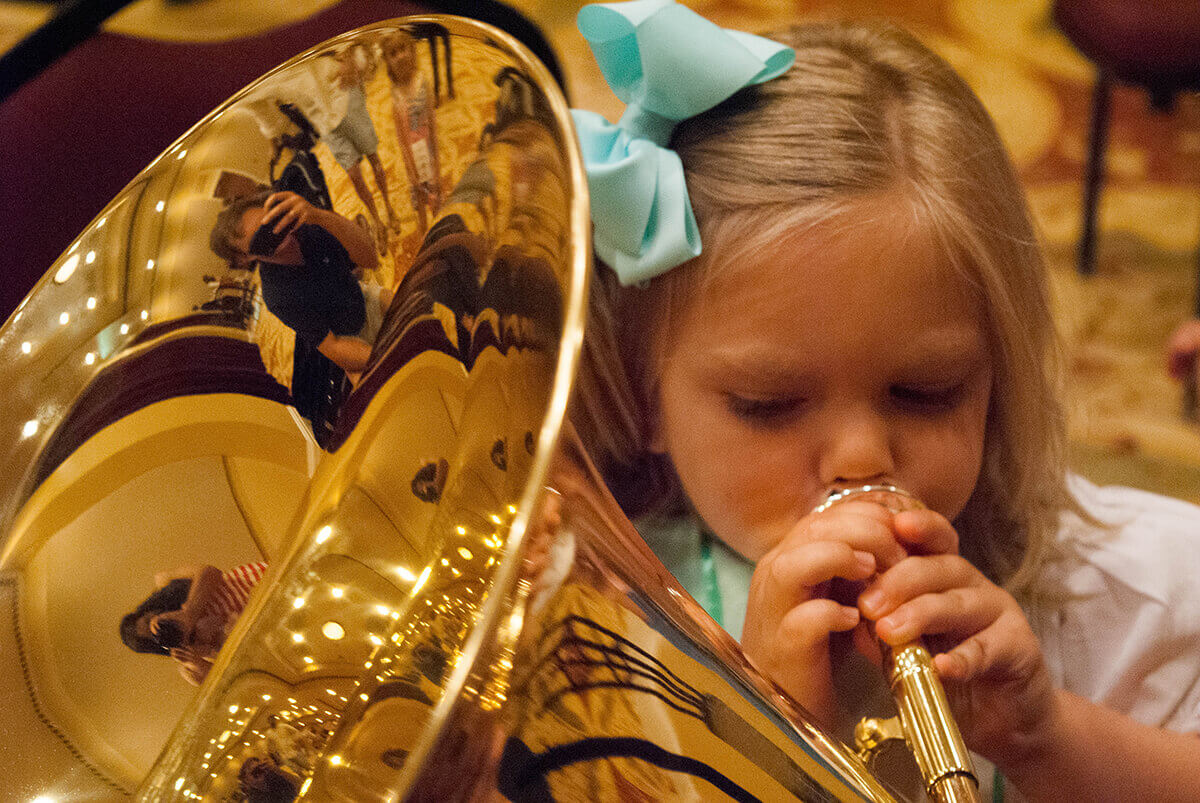
Community Involvement
Contact Us
